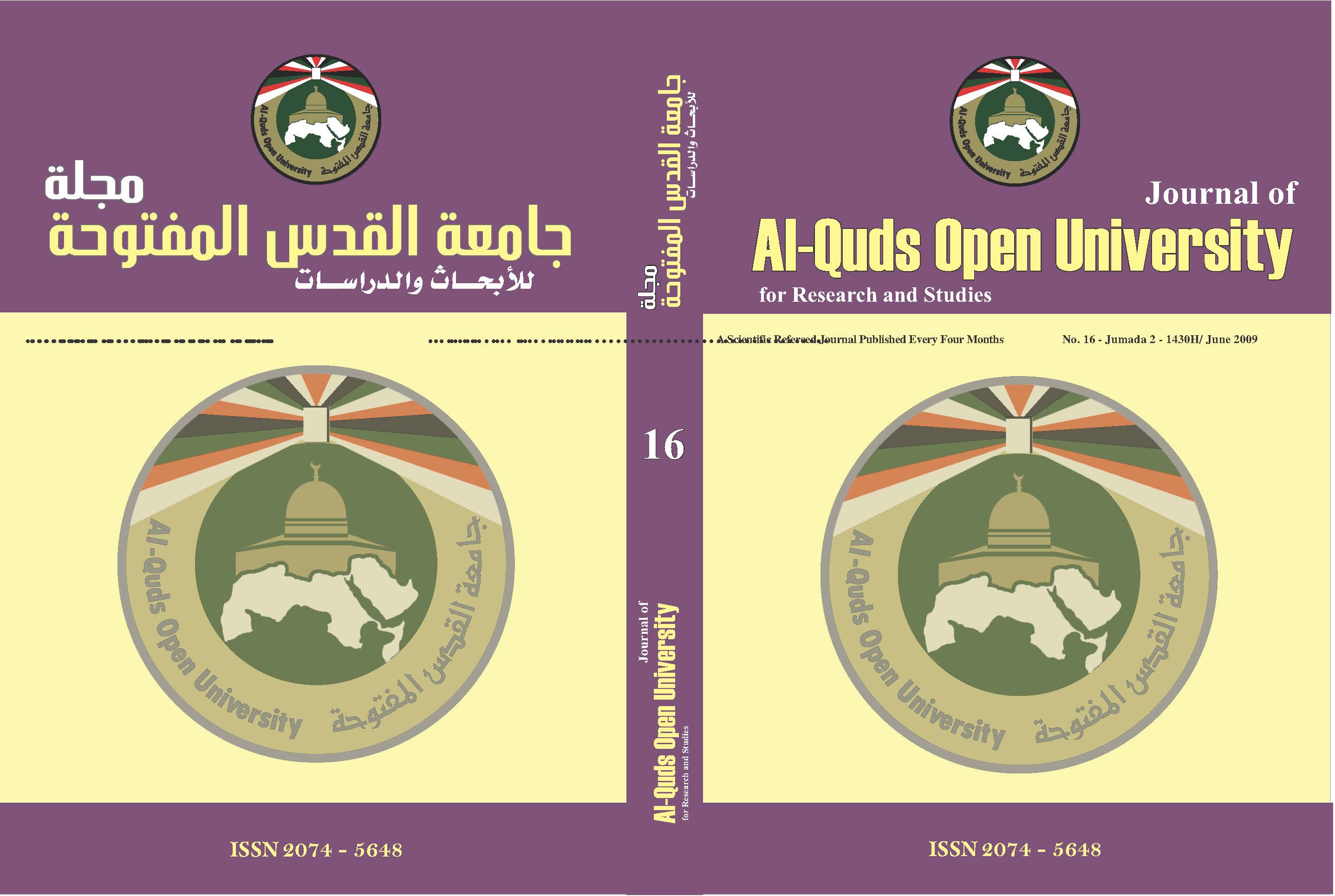Genetic Engineering Transgenesis: Advantages , Assessment of Risks and Ethics
Keywords:
Genetic Engineering, Transgenesis, Advantages, Assessment of Risks and Ethics, DNA, Cell, genetically modified organismsAbstract
Genetic Engineering is defined as modification of the cell genome and transgenesis is define as transfer or introduction of a gene or new DNA sequences into an organism by artificial means. These technologies have important fundamental (e.g. for genetic and physiological analysis) and biotechnological applications (e.g. in breeding).
Transgenesis mimics what is going on in nature and, therefore, is not harmful. Transgenic risk therefore has to be assessed on a case by case basis, depending firstly on the nature of the genetic construct introduced and secondly on the insertion’s consequences (as it may inactivate a coding gene or activate another gene which may have dangerous effects). Assessment unpredictable effects of transgenesis of the equilibrium of species and the horizontal transfer of DNA to other species. Some techniques that would make this possible, such as the principle of “substantial equivalence” and the technique of the “metabolic foot – printing,” are discussed in this paper.
Transgenesis is an efficient technique, and thus its benefits should be obtained. However , all the necessary precautionary measures should be taken. This should ensure safety not only for genetically modified organism but also for other species including the human being and consequently the environmental equilibrium. Humans are responsible for the plant and are consider as its “trustees” . At the same time since God authorized us to get benefit from the universe, we are instructed to respect all the creatures as the are “nations like us”!
Downloads
Published
How to Cite
Issue
Section
License
- The editorial board confirms its commitment to the intellectual property rights
- Researchers also have to commit to the intellectual property rights.
- The research copyrights and publication are owned by the Journal once the researcher is notified about the approval of the paper. The scientific materials published or approved for publishing in the Journal should not be republished unless a written acknowledgment is obtained by the Deanship of Scientific Research.
- Research papers should not be published or republished unless a written acknowledgement is obtained from the Deanship of Scientific Research.
- The researcher has the right to accredit the research to himself, and to place his name on all the copies, editions and volumes published.
- The author has the right to request the accreditation of the published papers to himself.













_2.png)
_.png)
_2.png)
_1.png)
_.png)

